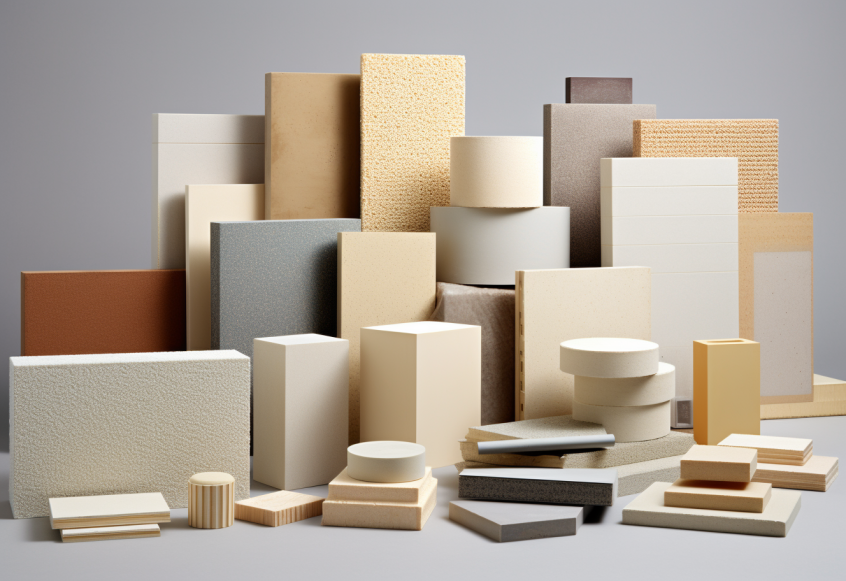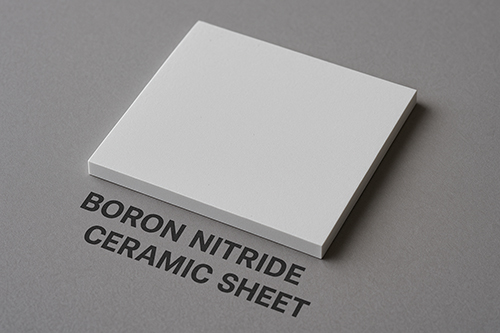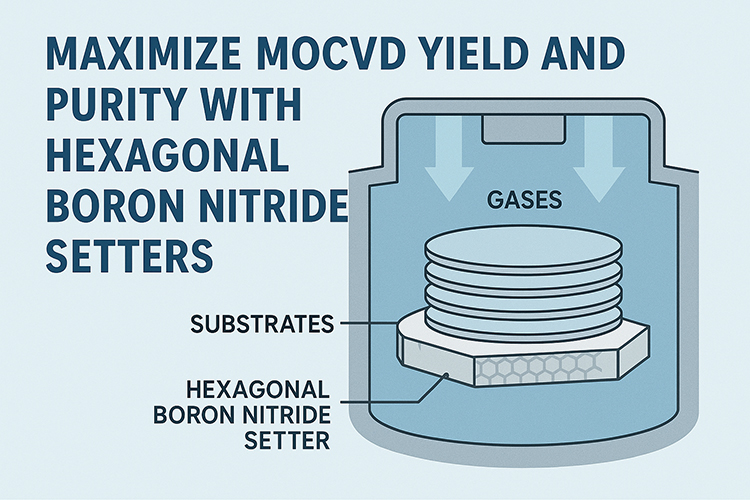Environmental Applications of Advanced Ceramics Materials

Introduction
Advanced ceramics materials have found their way into various environmental technologies, playing a crucial role in addressing environmental challenges and promoting sustainability. In this article, we will explore how they are employed in environmental applications, focusing on their role in catalytic converters for emissions control and water purification systems.
Catalytic Converters for Emissions Control
One of the most well-known environmental applications of advanced ceramics materials is catalytic converters, a vital component of automotive exhaust systems. Catalytic converters help mitigate air pollution by converting harmful gases emitted from vehicles into less harmful substances. Here's how advanced ceramics contribute to this critical environmental technology:
Figure 1. Ceramic Substrates Used for Catalytic Converters
--Ceramic Substrates:
The core of a catalytic converter consists of a ceramic substrate, typically made of cordierite or silicon carbide. These ceramics offer several advantages, including high heat resistance and excellent thermal shock resistance. They provide a stable and durable structure for the catalyst materials.
--Catalyst Support:
The ceramic substrate provides a high surface area for the deposition of catalyst materials, such as platinum, palladium, and rhodium. These catalysts facilitate chemical reactions that convert pollutants like carbon monoxide (CO), nitrogen oxides (NOx), and unburned hydrocarbons into less harmful gases like carbon dioxide (CO2), nitrogen (N2), and water vapor (H2O).
--Heat Management:
Advanced ceramics materials play a crucial role in managing the intense heat generated during catalytic reactions. The ceramic substrate helps maintain optimal operating temperatures, ensuring the efficient performance of the catalysts. It also contributes to reducing emissions of harmful pollutants.
Water Purification Systems
Advanced ceramics materials are also instrumental in water purification technologies, particularly in filtration and treatment processes. Their unique properties make them suitable for removing contaminants and providing safe drinking water. Here's how ceramics are applied in this context:
Figure 2. Ceramic Membranes Used for Water Purification Systems
--Ceramic Membranes:
Ceramic membranes are employed in water filtration systems to remove impurities and microorganisms. These membranes have precise pore sizes that can exclude particles, bacteria, and even viruses from water. The durability of ceramic membranes ensures long-lasting and effective filtration.
--Adsorption:
Some advanced ceramics, like activated alumina and zeolites, are used as adsorbents in water treatment. They can remove heavy metals, fluoride, and other contaminants by adsorbing them onto their surfaces. These ceramics are effective for treating groundwater and industrial wastewater.
--Ceramic Filters:
Ceramic water filters are widely used in portable water purification devices. These filters are composed of porous ceramic materials that can physically block particles and bacteria while allowing water to pass through. They are an affordable and sustainable solution for providing clean drinking water, especially in remote areas.
--Chemical Treatment:
Certain ceramic materials, such as titanium dioxide (TiO2), exhibit photocatalytic properties. When exposed to ultraviolet (UV) light, TiO2 can generate reactive oxygen species that can break down organic pollutants and disinfect water. This photocatalytic effect is harnessed in advanced water treatment processes.
Related reading: An Overview of Advanced Ceramic Materials
Conclusion
In a word, advanced ceramics materials are indispensable in environmental applications, contributing to cleaner air and safe drinking water. Their use in catalytic converters helps reduce harmful vehicle emissions, while their role in water purification systems ensures access to clean and potable water sources. As environmental concerns continue to grow, the development and innovation of advanced ceramics in these areas will remain essential for a sustainable future.
Thank you for exploring the world of advanced ceramic materials with us. To delve deeper into this fascinating field, please feel free to visit https://www.preciseceramic.com for more information and resources.
{{item.content}}
LEVE A REPLY
{{item.children[0].content}}
{{item.content}}
LEAVE A REPLY
SUBSCRIBE OUR NEWSLETTER
- Boron Nitride in Cosmetics: Enhancing Performance and Sensory Appeal
- Maximize MOCVD Yield and Purity with Hexagonal Boron Nitride Setters
- What Are the Advantages and Uses of Boron Nitride Ceramic Sheet?
- The Compression Annealing Advantage for Pyrolytic Boron Nitride
- Beyond Insulation: The Surprising Spectrum of Ceramic Thermal Conductivity











